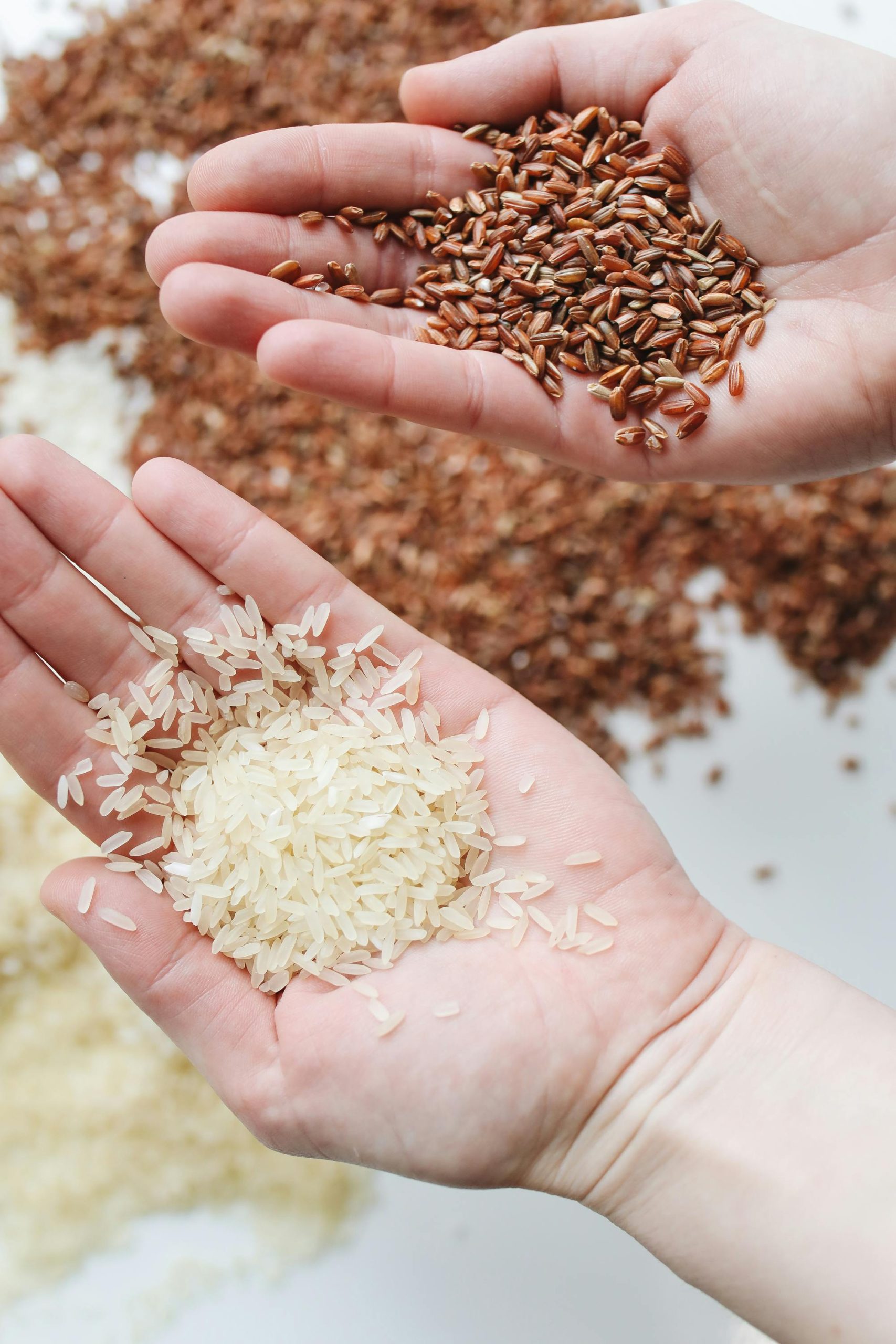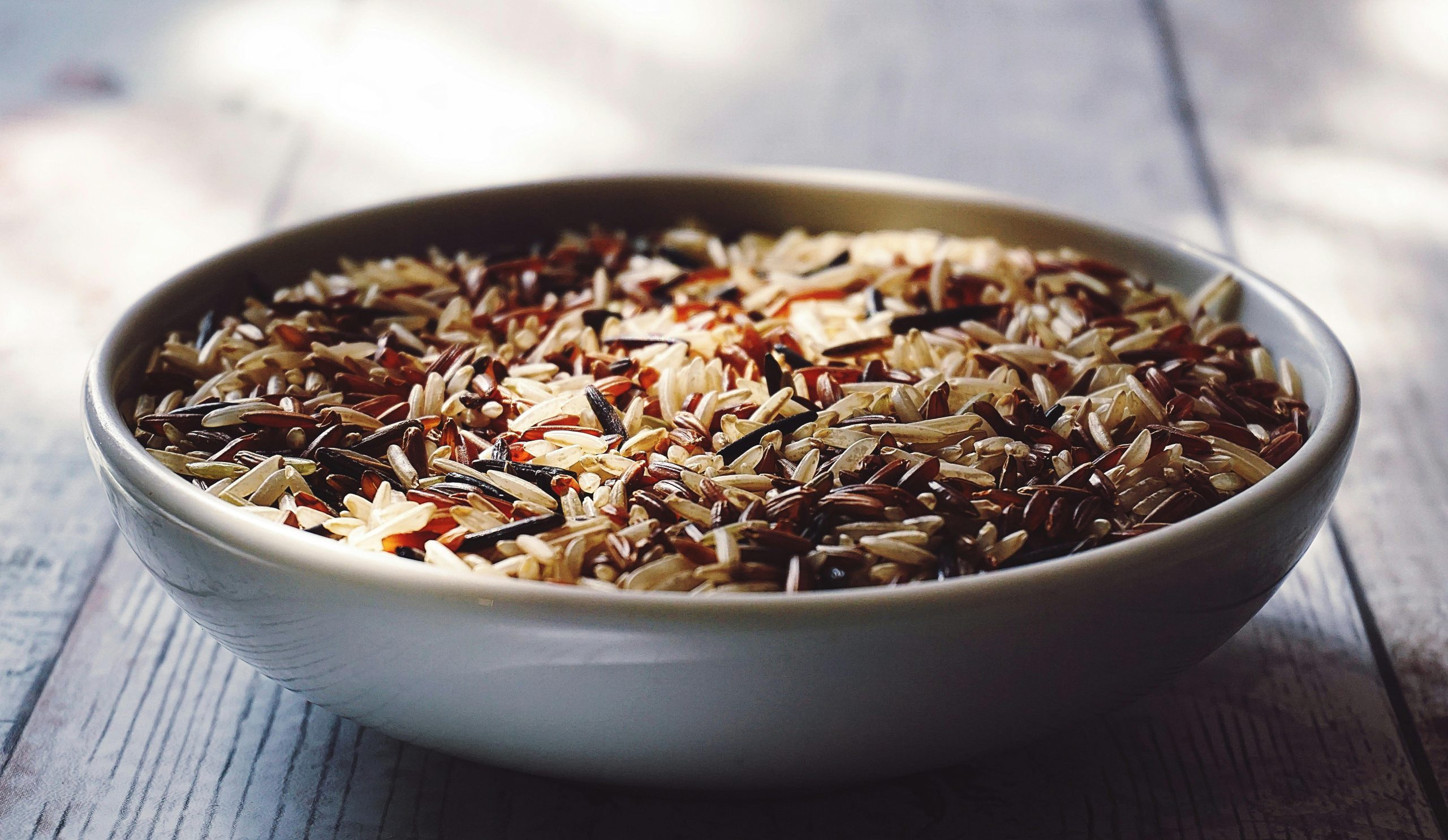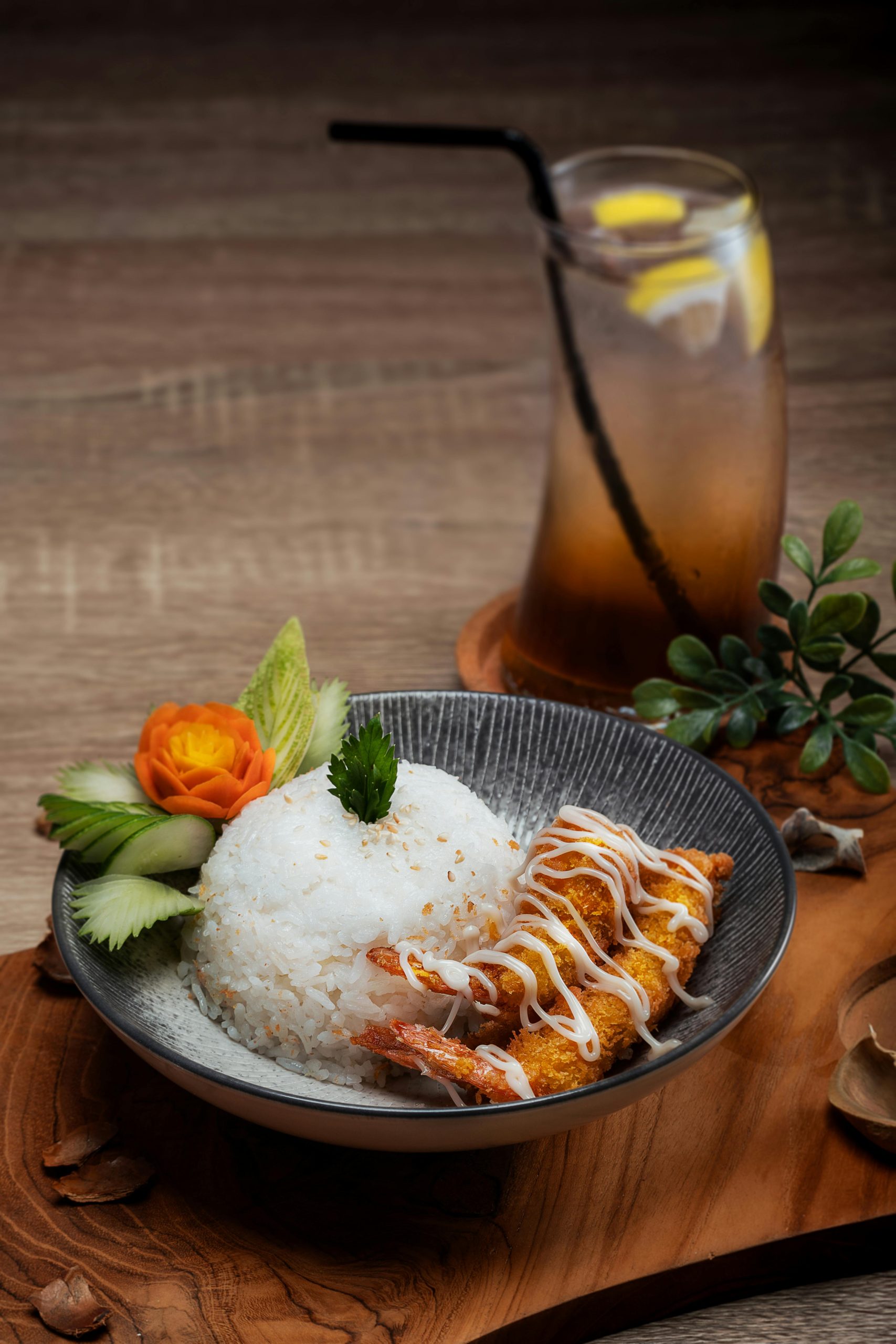Rice is a staple food in many cultures worldwide. However, not all types of rice are beneficial for health. Some rice varieties contain harmful toxins, and heavy metals, or lack essential nutrients, making them potentially dangerous for the liver and kidneys.
This article will discuss three types of rice you should avoid when purchasing and consuming rice for a healthier lifestyle.

3 Types of Rice You Should Avoid for Better Health
1. Rice with High Arsenic Levels
Arsenic is a heavy metal that can naturally occur in soil and water, particularly in areas with industrial pollution or prolonged pesticide use. Rice grown in such environments can absorb arsenic into the grains.
Types of Rice with Higher Arsenic Risk:
- Brown rice (since it retains the bran layer, where arsenic accumulates more than in white rice).
- Rice cultivated in areas with arsenic-contaminated water (e.g., parts of Bangladesh, India, and the USA).
Health Risks of Arsenic Exposure:
- Increases the risk of cardiovascular disease and type 2 diabetes.
- Can cause liver and kidney damage with long-term consumption.
- Linked to cancer risks with prolonged exposure to high arsenic levels.
How to Reduce Arsenic in Rice:
- Rinse rice thoroughly before cooking to remove some arsenic.
- Cook rice with excess water and drain the surplus after cooking.
- Choose rice from regions with lower arsenic levels.

2. Over-Polished or Chemically Treated Rice
Some white rice varieties undergo excessive polishing to appear shinier. This process removes the bran and germ layers, stripping away essential nutrients like fiber, B vitamins, and minerals.
Signs of Over-Polished Rice:
- Grains appear excessively shiny and unnaturally bright white.
- When rinsed, the water turns noticeably cloudy, indicating excessive polishing residue.
Health Impacts:
- Reduces the nutritional value of rice, leading to lower fiber and vitamin intake.
- Has a high glycemic index (GI), which can cause blood sugar spikes, making it unsuitable for diabetics.
Healthier Alternatives:
- Choose organic rice, brown rice, or whole grain rice for better nutrition.
- Verify the rice source to avoid overly processed varieties.

3. Rice from Unverified Sources
Consuming rice from unreliable sources poses food safety risks, including pesticide residues, heavy metal contamination, or unsafe additives.
Potential Risks:
- Rice contaminated with excessive pesticides or chemical preservatives.
- Low-quality rice prone to mold growth, which may contain aflatoxins, increasing liver cancer risks.
How to Choose Safe Rice:
- Buy rice from reputable brands with food safety certifications.
- Avoid purchasing rice with unusually low prices or unclear origins.
- Store rice properly to prevent mold and contamination.
Conclusion
To protect your health, choose rice from trustworthy sources, preferably organic or minimally processed varieties. Additionally, wash and cook rice properly to reduce exposure to arsenic and chemical residues. A balanced and diverse diet will help you enjoy the benefits of rice while minimizing potential health risks.
